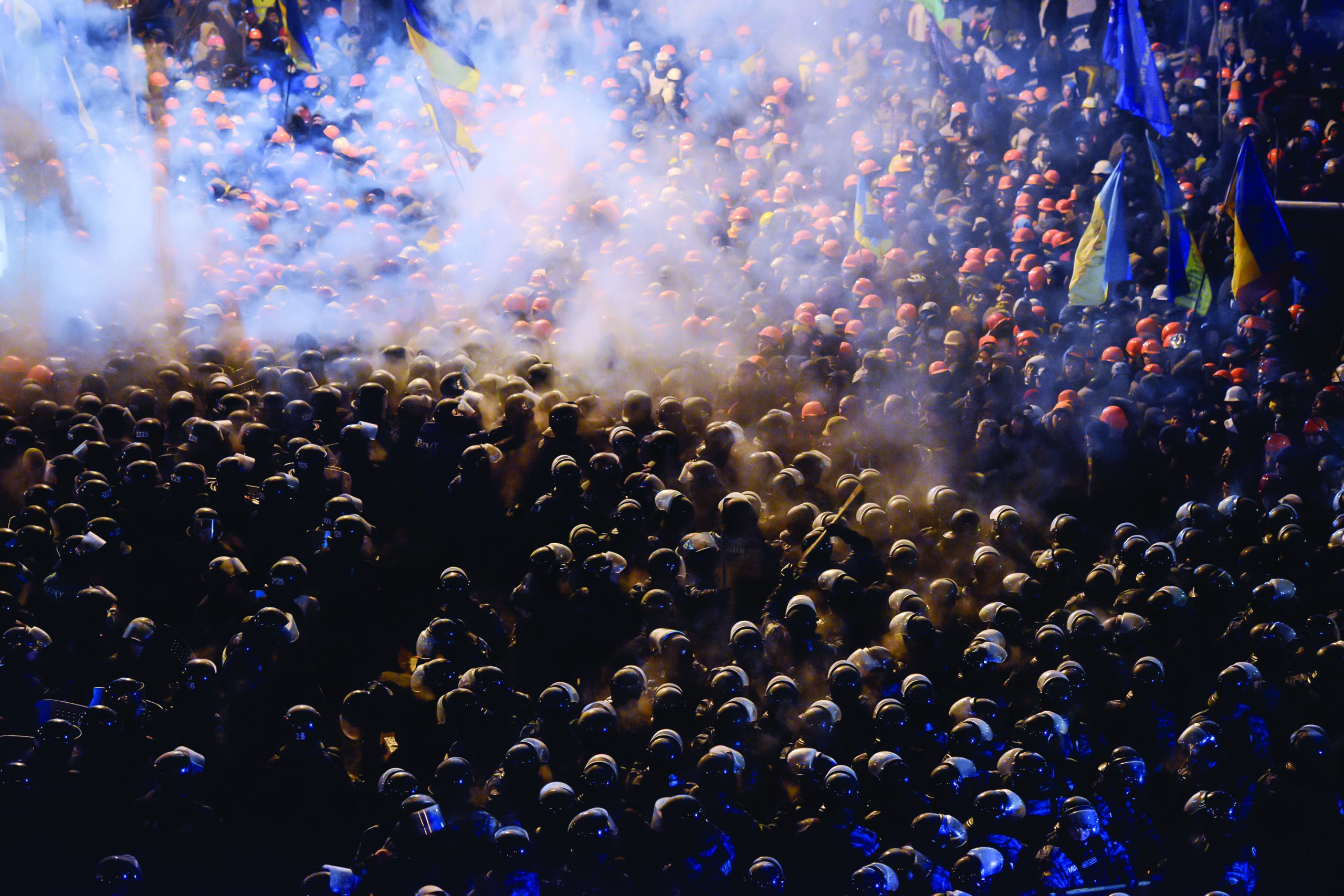Bringing the art world and the business world together is never easy and when it means bringing together New York and Beijing, the task is at best daunting, given the differences in culture and language. Yet, a major Beijing art show proved to be a tremendous success, delighting visitors, organisers, and corporate and charitable funders alike.
The Alcoa Foundation, set up by the world’s leading producer of aluminium and aluminium-related materials, is one of the prime sponsors of the “Art in America” exhibition currently touring China. The show displays a dramatic collection of 130 pieces of US art over three centuries, drawn principally from the Guggenheim Museum in New York.
The Guggenheim is among the world’s most prestigious private cultural institutions. Headquartered in an iconic Frank Lloyd Wright building in New York, the Guggenheim also has priceless treasures in its collection in museums in the European cities of Bilbao, Venice and Berlin.
Given the task of transforming the staid confines of the National Art Museum of China to reflect the clean, unadorned look of a Guggenheim exhibition was Peter Pecotic, chief executive of TurningPointSolutions, a special events company with offices in Shanghai, London and Sydney.

“The invitation to tender for this prestigious event came after we had devised and run the Alcoa Leaders Summit in Shanghai for 80 top executives from Alcoa, and it was on the basis of the successful leaders summit that we were given the privilege to take on the installation,” says Pecotic.
“It proved to be a challenge that we were delighted to rise to. There are many national treasures, such as the portrait of George Washington by Gilbert Stuart, to Andy Warhol’s Orange Disaster #5, and the show covers American art from colonial times right up to high-tech, provocative art installations from the 21st century such as Mathew Barney’s The Cremaster Cycle.”

The Guggenheim director of exhibitions, Karen Meyerhof, says the installation was one of the most rewarding in recent memory.
“Installations are always challenging in one way or another. We rebuilt 75 per cent of gallery space, installed 132 works of art and built out four complicated art installation pieces all in about nine days, which would be unheard of in the West.
“The US and Chinese crews worked together with enthusiasm and camaraderie and a genuine interest in learning from one another. Despite the language barrier and working through an interpreter and sign language, there was a wonderful understanding that developed between us and a lot of laughter and fun. I would do it again in a heartbeat,” she says.
Meyerhof says Pecotic and Lydia Ding from TurningPoint’s Shanghai office and their team were superb professionals with great standards for quality control and a high level of finish which is very important to the Guggenheim.
“In particular, their knowledge of the Chinese business culture and how to communicate and get things done in this new environment was most helpful. We have decided to contract with TurningPoint again for the installation in Shanghai, so that is the best endorsement we could give.”
Pecotic found himself working with senior Guggenheim executives and the representatives of some of the artworks on display.
“This was a huge project to undertake and somewhat daunting. To be engaged in such a mission critical role, on what is till now the highest and largest-scale cultural exchange in the visual arts between China and the US, was not quite what we were actually expecting when we set up our operations here two years ago. However, we were given clear directions and the client was a consummate professional. For the highly complex contemporary art installations, there were consultants flown out from the artists’ studios to advise us on correctly re-creating the spaces.”
To transform the interior of Beijing’s National Art Museum of China (NAMOC) into the kind of environment that Guggenheim needed to display such a collection of work in nine days was one of our most challenging and enjoyable projects to date.
“It was an absolute privilege to work on this project with such consummate professionals such as the Guggenheim, NAMOC and Alcoa teams,” says Pecotic.

AT A GLANCE
Art in America: Three Hundred Years of Innovation
February 10-April 5, 2007
Venue: National Art Museum of China
1 Wusi Street, East District,
Beijing 100010
Event: PricewaterhouseCoopers (PWC) Annual Gala Dinner
Client: PWC
Venue: Shanghai International Expo Centre
Organiser: JW Marriott Hotel Shanghai
Contact: mhrs.shajw.communications@marriott.com
PricewaterhouseCoopers in Shanghai wanted to have an annual gala dinner with a difference. It opted for a “Red Hot” theme and tasked the JW Marriott Hotel Shanghai with organising the event’s catering.
PWC’s annual gala dinner was no small affair. Around 2,100 guests were invited and given the size of the event, it was decided that one of the halls at the Shanghai International Expo Centre be used as the venue.
Taking up the “Red Hot” theme, the JW Marriott used more than 20,000 red roses along with 300 kilos of red chillies to create the unique table centrepieces, which also incorporated special lighting effects within the floral decorations.
The menu was tailor-made for the event. It was a five-course celebration menu, which showcased local red meat produce, including over 450 kilos of beef tenderloin, as well as international delicacies such as Australian baby lobsters. All 2,100 of these red crustaceans were flown in especially for the event. The raspberry dessert was also themed in a red fire cracker-shaped dish.
For this occasion, 900 bottles of wine (not all of them red) were used.
With 12 weeks of meticulous planning, Donna Campbell, director of communications at JW Marriott Hotel & Marriott Executive Apartments, says it was the hotel’s first western style sit-down dinner catering for such a large number of people.
Nora Wu, lead partner of PWC Shanghai, says: “Our annual dinner is a tradition that gives us a valuable chance to come together and take stock of our progress. China is one of our important markets, so for an event of this size, planning started six months in advance. JW Marriott’s facilities, food, services and dedication provided a fantastic platform to make our annual dinner a success.”


